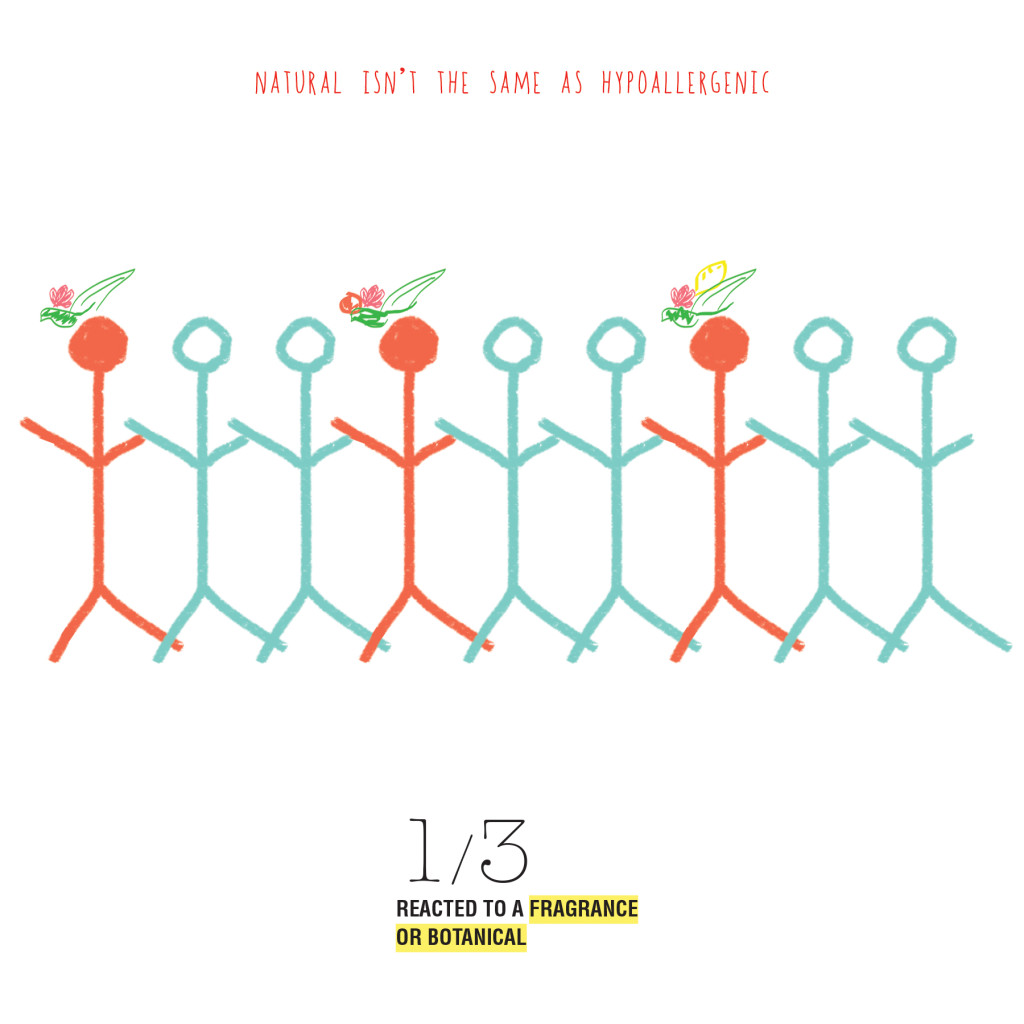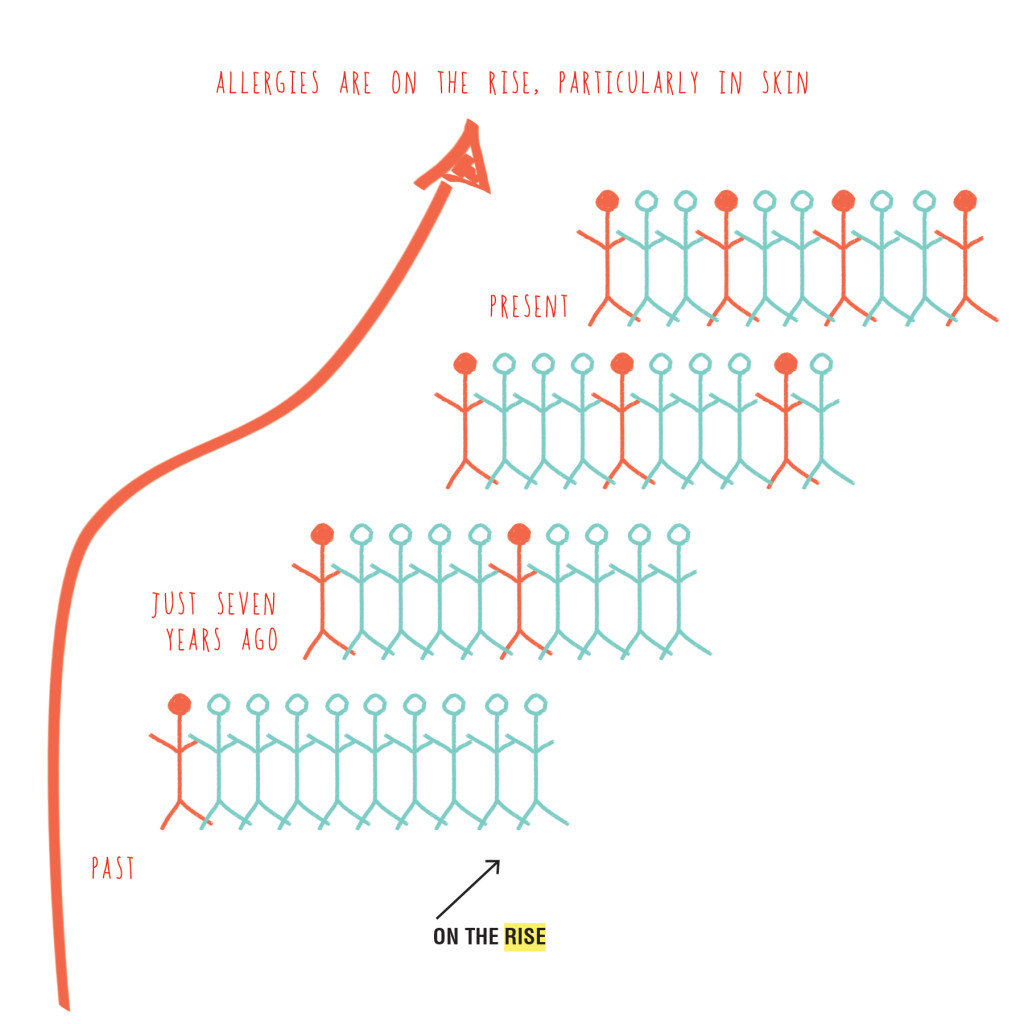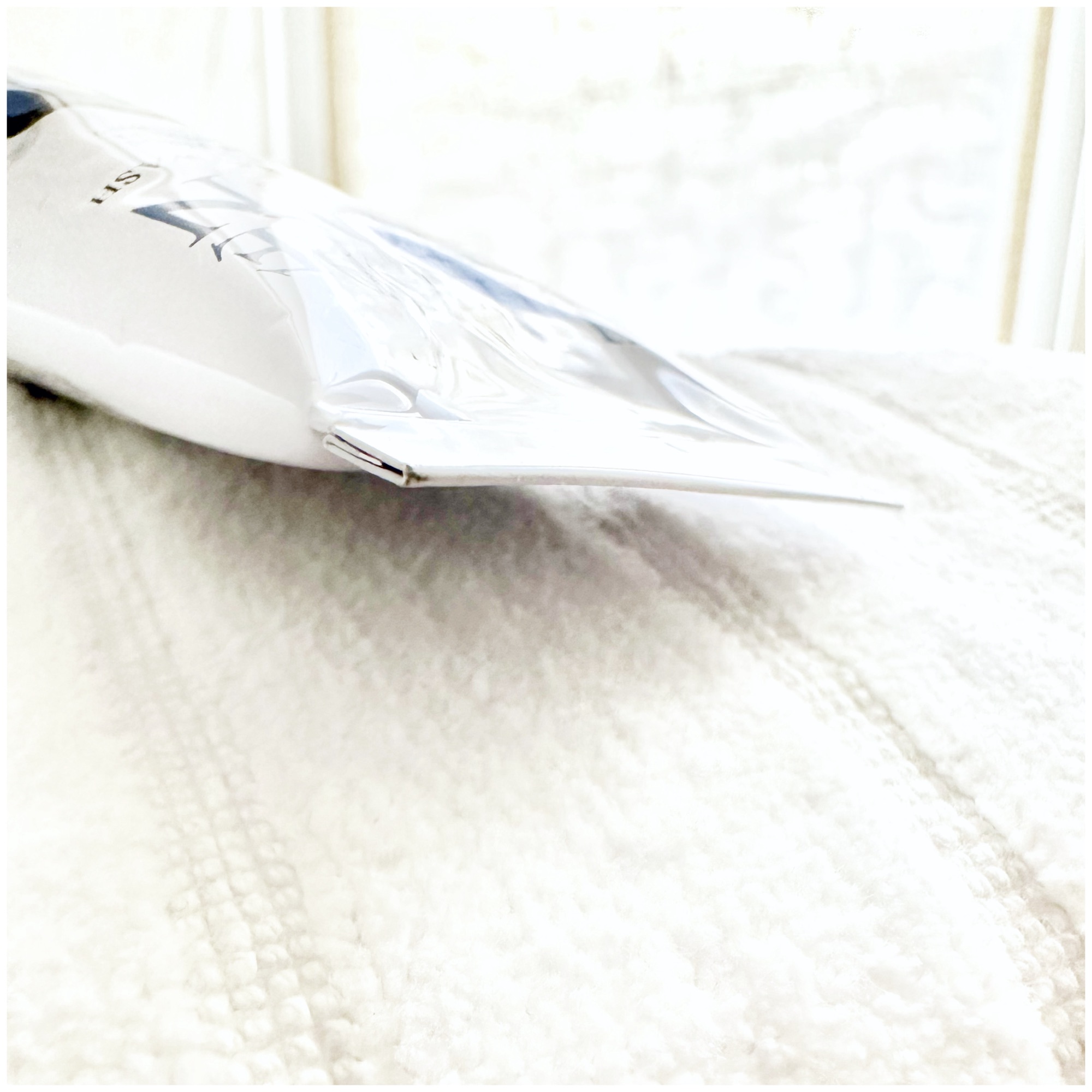Sensitive Subject:
Make that subjects. Lots of them.
1 in 4 people is allergic to common skin care and cosmetic ingredients. And, like eczema and other allergies, this number is on the rise.
Below, we go through skin allergies by the numbers and what you can do to prevent reactions.
Want even more details, data and sources? Check out One In Four Is Allergic to Common Skin Care And Cosmetic Ingredients on Skintelligencenter.com.
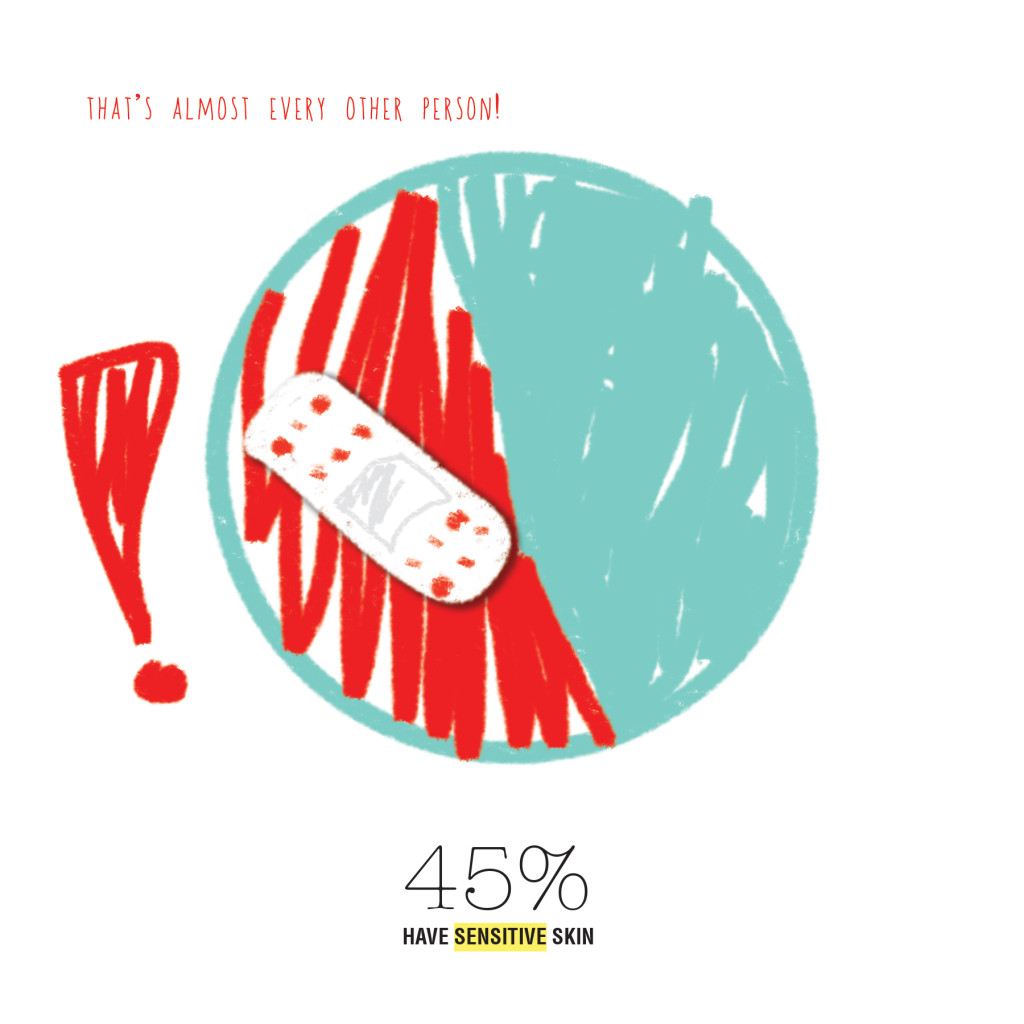
45% Have Sensitive Skin
An NIH study showed that 45% of the general population in the USA (and 50% of women) identifies themselves as having sensitive skin.

7 in 10 People Experience A Reaction
According to a study by the North American Contact Dermatitis Group 6 in 10 — more than half — of people who undergo a patch test reacted to an ingredient in cosmetics (up from 1 in 5 in their study seven years earlier.) In a Mayo Clinic study, the number was higher at 7 out of 10.
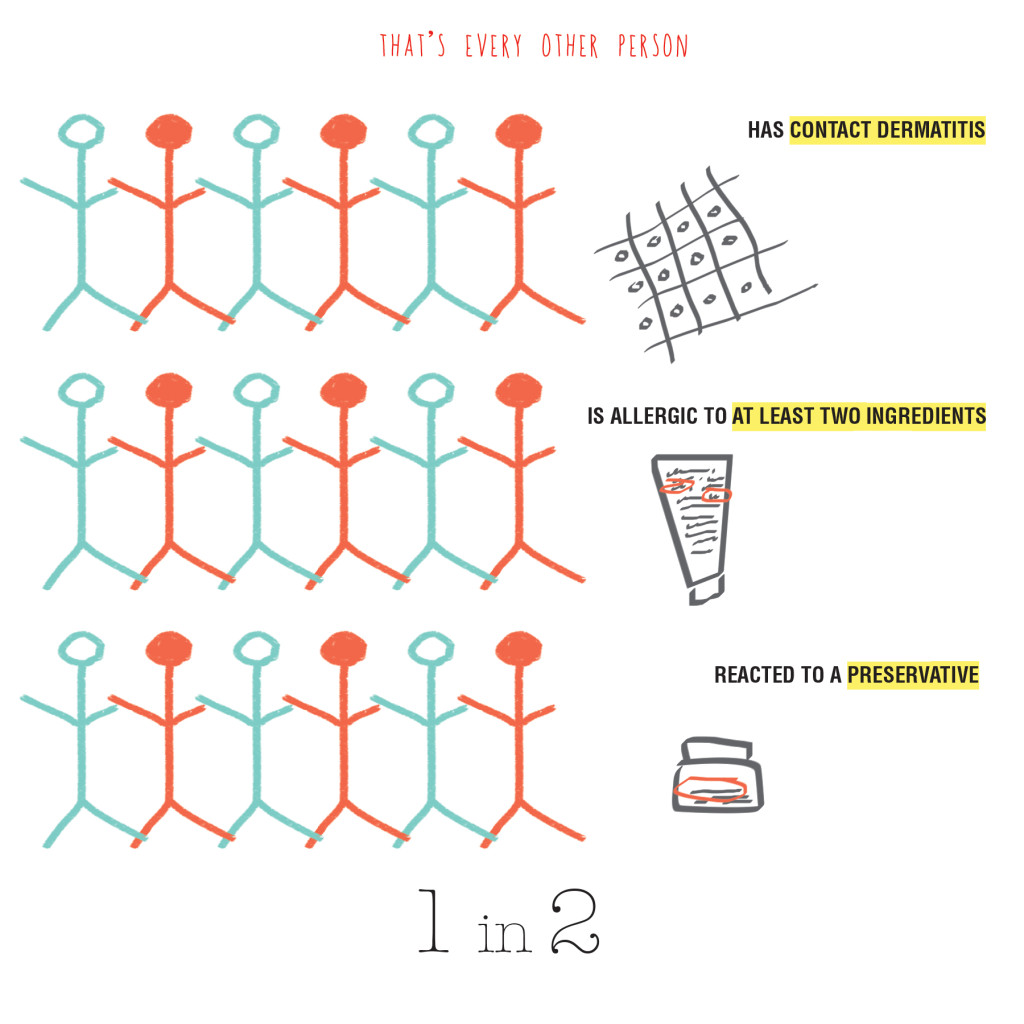
1 in 2 Has Contact Dermatitis, Is Allergic To At Least 2 Ingredients, and Reacted To A Preservative
In the NACDG study, every other person who underwent a patch test was diagnosed with contact dermatitis. In the Mayo Clinic study, one in two, or half of those who had a patch test, had at least two positive reactions, and the same number of people reacted to a preservative.
1 in 3 Reacted To A Fragrance Or Botanical
A third of those in the Mayo Clinic patch test study reacted to at least one fragrance (many of which are or are related to ingredients such as ylang-ylang, beeswax, lavender, etc.) or a botanical additive. Natural does not mean hypoallergenic — many, albeit not all, natural ingredients are allergens (see Is Natural Hypoallergenic? The Answer May Surprise You (But Shouldn’t) to learn more). If you have sensitive skin, opt for hypoallergenic over natural, and get a patch test to identify what you need to avoid.
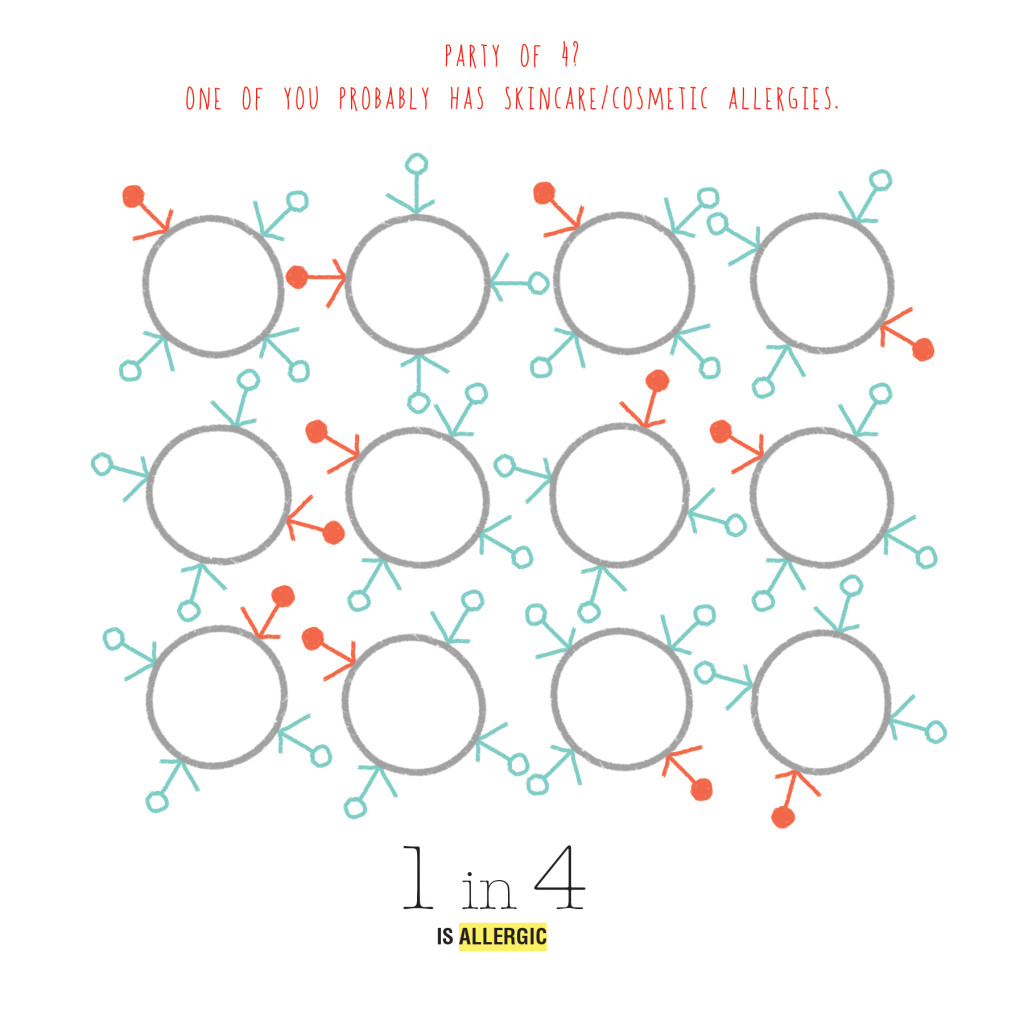
1 in 4 Is Allergic To Ingredients Commonly Found In Skincare and Cosmetics
Taking the NACDG patch tested subjects as representative of those with sensitive skin in the NIH study, we can estimate that 28.8% — more than 1 in 4 people — of the general population (not just those who get a patch test) is sensitive or allergic to ingredients commonly used in skin care and cosmetics.
These Numbers Are Probably Higher, And Are Growing
Most authors state that the number of allergic skin reactions is likely even higher than their studies show because people who experience a mild or passing reaction tend to stop using a product instead of see a doctor, and not all doctors offer patch testing.
A growing number of studies in various fields — from dermatology to allergology and immunology as well as national health statistics — show that skin allergies, eczema (atopic dermatitis) and contact dermatitis are on the rise around the world, associated with an increase in cosmetic use by consumers. New studies on the human microbiome suggest that another possible reason for the notable rise in allergies, including eczema, is the increased use of antibiotics, especially in children, as well as how improved living conditions may have changed our childhood exposure to microbes, skewing how our immune response develops.

76 Common Allergens
There are currently 76 common allergens — substances that tend to elicit the most reactions from patch tests conducted on thousands of people. VMV Hypoallergenics formulates without these 76 (and more which we keep on watch lists based on regularly published contact dermatitis case studies.) We also update the allergen list as new results are published. More than anything else for sensitive skin, allergen omission is a powerful method to reduce the risk of irritations.
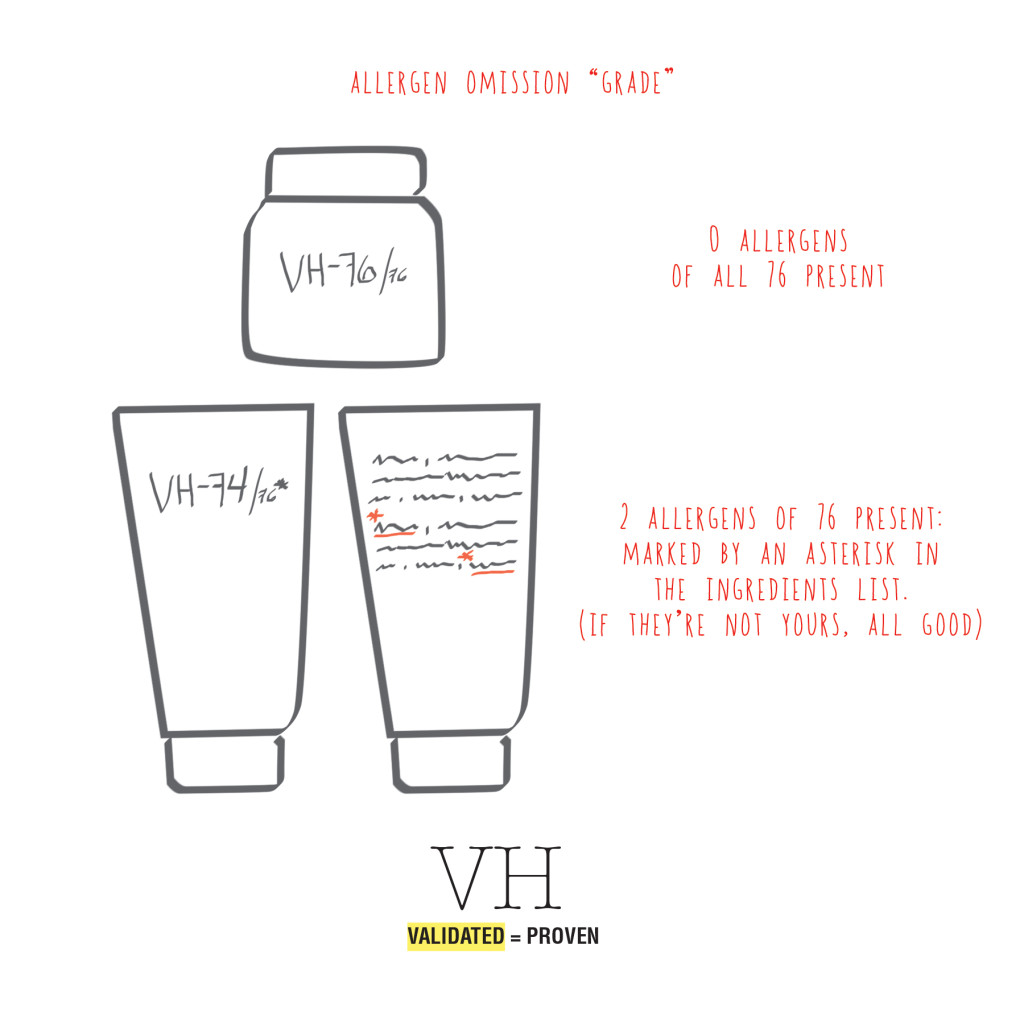
Allergen Omission “Grade”
The VH-Rating System was invented by our founding dermatologist-dermatopathologist. Published in a leading peer-reviewed contact dermatitis journal, it shows less than 0.1% reported reactions in over 30 years. It works by 1) Allergen omission. 2) Allergen identification. If we must use an allergen, it is marked by an asterisk in the ingredients list — because different people are allergic to different things. If you are sensitive to fragrance, for example, and the allergen included is a dye, you should still be able to use the product. 3) Skin Safety “Grading.” Like an SPF, the VH-Rating gives a numerical grade to a product’s proven skin safety. The higher the number, the more allergens omitted, the safer the formulation


